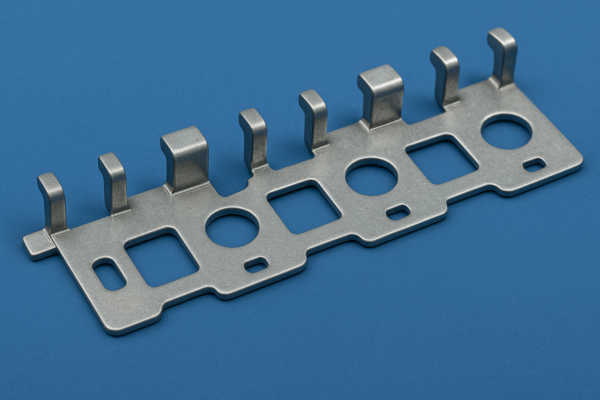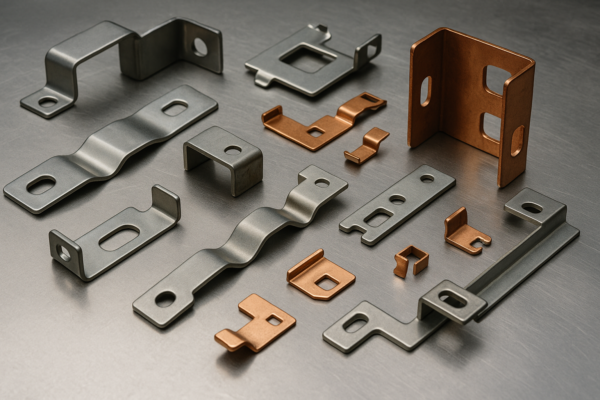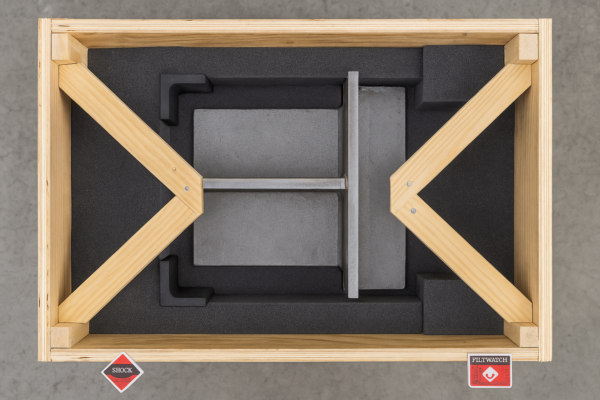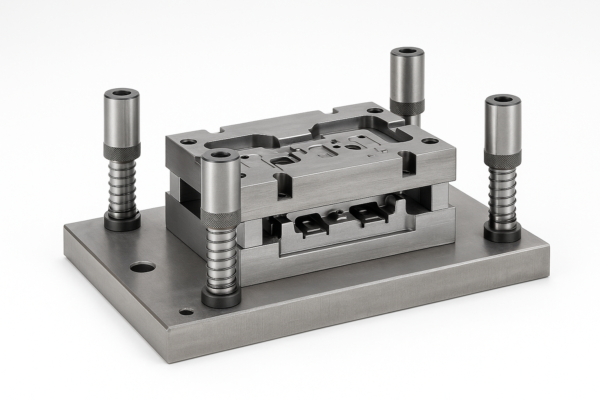What Is the Difference Between Embossing and Stamping Metal?

Embossing and stamping are both metalworking techniques, but they serve different purposes and achieve distinct results.
Snippet paragraph: Embossing raises a design on metal surfaces, creating a 3D effect, while stamping involves cutting or shaping metal using dies.
Understanding these differences is crucial for selecting the right process for your project.
📚 Table of Contents
- Is Embossing the Same as Stamping?
- What Is the Difference Between Stamping and Forming Metal?
- What Is the Difference Between Embossing and Engraving Metal?
- What Metal Do You Use for Embossing?
- FAQs
- Contact Prime for a Material Consultation
Is Embossing the Same as Stamping?
Embossing and stamping might seem similar, but they differ in technique and application.
Snippet paragraph: Embossing creates raised designs on metal, often for decorative purposes, whereas stamping cuts or forms metal into specific shapes for functional components.

Dive Deeper: Embossing vs. Stamping
Embossing involves pressing a design into metal to create a raised (or sometimes recessed) pattern. This is typically used for aesthetic enhancements on items like decorative panels or nameplates. Stamping, on the other hand, uses a die and press to cut or shape metal into parts, commonly used in manufacturing components like brackets or enclosures.
| Aspect | Embossing | Stamping |
|---|---|---|
| Purpose | Decorative enhancement | Functional part creation |
| Technique | Pressing design into metal | Cutting or forming metal with dies |
| Result | Raised or recessed patterns | Specific shapes or holes in metal |
| Common Uses | Art, signage, decorative items | Automotive parts, electronics, hardware |
What Is the Difference Between Stamping and Forming Metal?
While stamping is a type of forming, not all forming processes are stamping.
Snippet paragraph: Stamping is a forming process that uses dies to shape metal, whereas forming encompasses various methods like bending, rolling, and forging to reshape metal.

Dive Deeper: Stamping vs. Other Forming Methods
Stamping specifically refers to using a press and die to cut or shape metal sheets. Other forming methods include:
- Bending: Deforming metal along a straight axis.
- Rolling: Reducing thickness by passing metal through rollers.
- Forging: Shaping metal using compressive forces, often at high temperatures.
Each method serves different purposes and is chosen based on the desired outcome, material properties, and production volume.
What Is the Difference Between Embossing and Engraving Metal?
Embossing and engraving both add designs to metal but in contrasting ways.
Snippet paragraph: Embossing raises designs on metal surfaces using dies, while engraving involves cutting into the metal to create recessed patterns.

Dive Deeper: Comparing Embossing and Engraving
Embossing uses matched male and female dies to press a design into metal, creating a raised effect. Engraving removes material from the metal surface using tools or lasers to create detailed, recessed designs.
| Feature | Embossing | Engraving |
|---|---|---|
| Design Effect | Raised (or recessed) patterns | Recessed lines or grooves |
| Technique | Pressing with dies | Cutting or etching into the surface |
| Detail Level | Moderate | High |
| Common Uses | Decorative panels, nameplates | Jewelry, plaques, intricate designs |
What Metal Do You Use for Embossing?
Selecting the right metal is essential for successful embossing.
Snippet paragraph: Common metals for embossing include aluminum, copper, and brass due to their malleability and ability to retain detailed designs.

Dive Deeper: Suitable Metals for Embossing
- Aluminum: Lightweight and malleable, ideal for detailed embossing.
- Copper: Offers a rich color and is easy to work with.
- Brass: Combines strength with workability, suitable for decorative items.
These metals are chosen for their ability to undergo deformation without cracking, ensuring crisp and lasting embossed designs.
FAQs
Q1: Can embossing be done on stainless steel?
A1: Yes, but it requires more pressure due to the metal’s hardness.
Q2: Is stamping suitable for high-volume production?
A2: Absolutely, stamping is ideal for mass-producing consistent parts.
Q3: Which process offers more design detail, embossing or engraving?
A3: Engraving provides finer detail, while embossing offers a more tactile design.
Q4: Are there limitations to the thickness of metal for embossing?
A4: Thinner metals are preferable for embossing to achieve clear designs.
Q5: Can both embossing and stamping be used on the same piece?
A5: Yes, combining both can add functional and decorative elements.
Contact Prime for a Material Consultation
📧 Email: [email protected]
🌐 Website: https://primecustomparts.com
Need guidance on the right metal for your project? Prime offers expert insights, global sourcing, and high-quality production—backed by 20+ years of experience and ISO-certified systems.
Conclusion
Embossing and stamping are distinct metalworking processes: embossing adds decorative, raised designs, while stamping cuts or shapes metal for functional parts. Understanding their differences helps in selecting the appropriate technique for your project’s needs.







